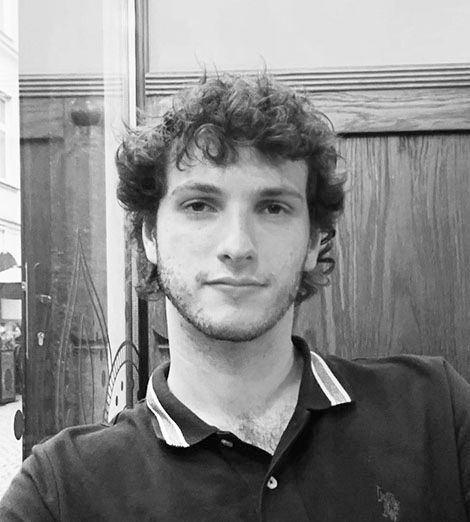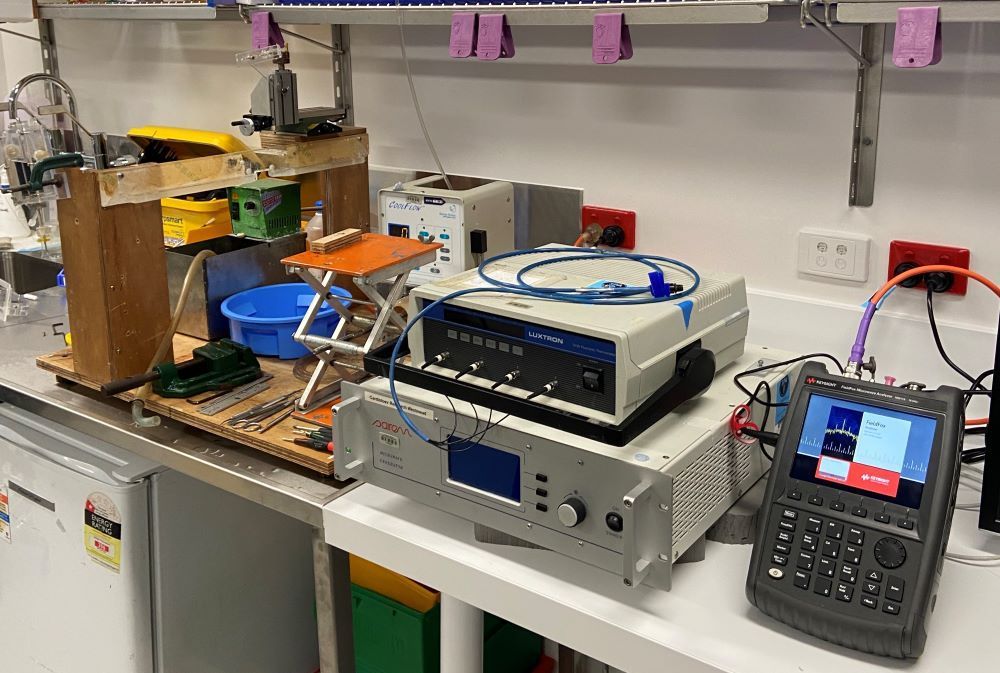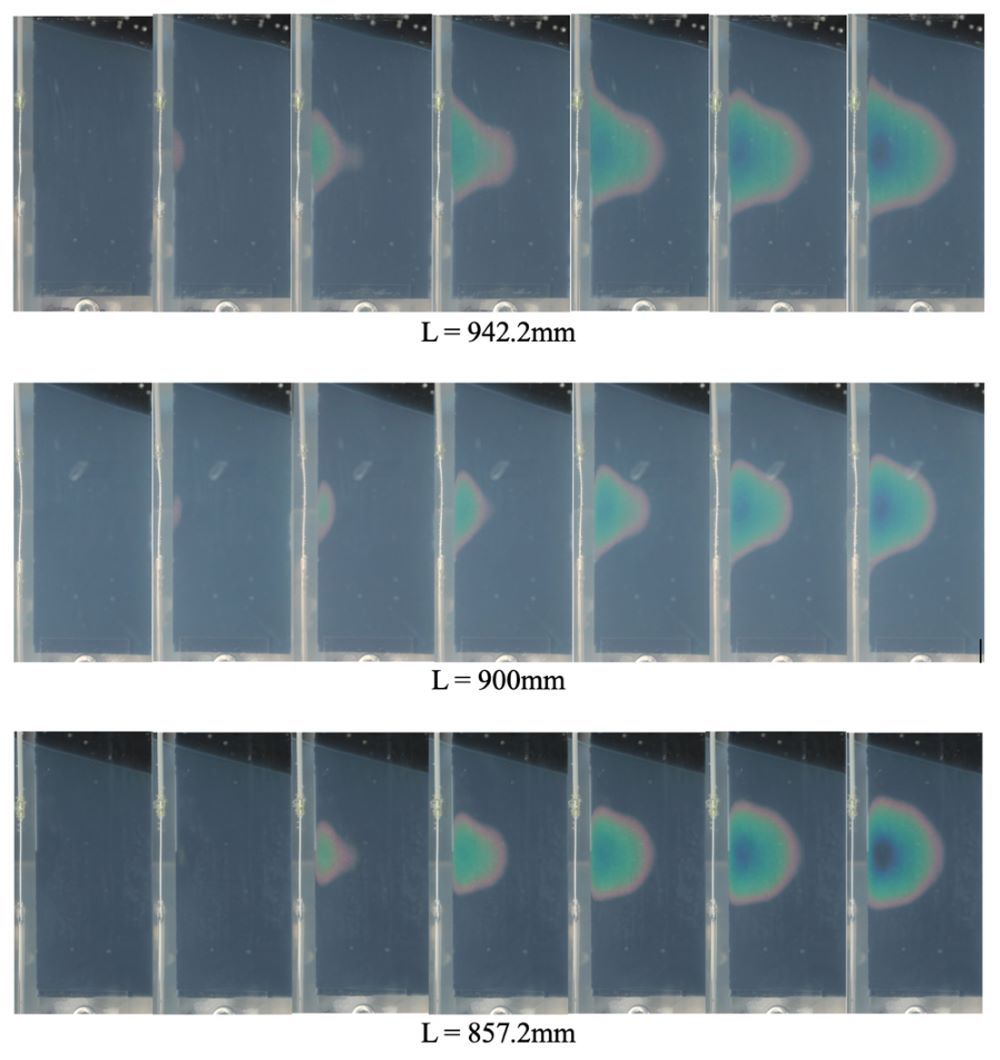Bradman Marks
Bachelor of Engineering, Honours, Final Year
I'm a final year engineering student at WSU Kingswood entering the biomedical engineering industry in Sydney.
Optimisation of unbalanced monopole antennae for cardiac ablation
The need for treatment of heart-rhythm disorders is growing. Atrial fibrillation, the most common arrythmia, affects an estimated 1-1.5% of the developed world and the number of patients hospitalized with AF is expected to triple by 2050.
Typically, cardiac medications are the first line defence for these issues, and while they are quite effective, they still leave a significant portion of population requiring further treatment. The ablation procedure is a modern method physicians use to remove unwanted tissues within the body via thermal degradation, and has become a mainstay in cardiology for the use of treating arrythmia. While RF is the most common method for heat delivery, there are significant clinical drawbacks. Ablation depth during treatment of VT is often inadequate, leading to higher recurrence of patients suffering from the condition. Further research and optimization of MWA systems in cardiology may aid to solve these issues and provide lower risks to the patients involved.
Traditionally, an engineer designing a microwave antenna and feedline would follow analytical methods to predict the wave and energy transfer through the system. This approach is suitable when considering that historically most microwave antennas were designed and purposed for telecommunications with matched impedance sources and air as the surrounding medium. This project instead focuses on a design intended for the use of biomedical electromagnetic heating. The surrounding medium will be myocardium, and due to size constraints, the antenna is unbalanced. This unconventional approach aims to create a better medical device, which can hopefully provide better standard of care for the patients involved.





